Now, it is time to focus on the practical items where we need to apply to monitor and control upon. We had emphasized enough on the necessity to monitor and control the maintenance process in the previous chat: Monitoring and controlling maintenance. Moreover, there was a detailed demystifying stepped process of what is monitoring and controlling in maintenance. There was an open question by the end of the article: What we shall to monitor and control?
How we monitor and control?
We need to keep in mind that the basic principals behind monitoring and controlling are:
- Measure a value,
- Compare it to a base value
- Then, take an action if this measurement is not within the allowable deviation from the base measurement decided.
- Finally, investigate the root cause of this deviation and mitigate its impact
There are a lot of terms that demystify the monitor and control effort in the project management practice. However, they might be not widely used in the maintenance field. In order to resonate to those titles, we shall simplify them and, explain their corresponding maintenance jargons. So, we can boost a better new perspective of maintenance.
How to consider a project successful?
A successful project delivers an acceptable product on time and within budget. It is one statement that describes the successful project but it encompasses all the project activities. The project management role is to ensure the delivery of an acceptable product within the scheduled time and cost. In order to fulfil this statement, we need to break it into its individual elements.
The first element is the product. Any process has an output product whether it is a soft or a physical one. Physical product ranges from a new sensor design, to a factory to manufacture sensors up to new complete cities. The space-x rockets and the Tesla were once projects and any upgraded model of them is the product of a project. Soft products of projects range from a feature added to an app or a web site to a complete new ERP (Enterprise Resource planning) software or its application at a company. This includes all the cloud services and any app whether paid or free that you build on them. Even the report that you generate for a new task is a project if you decided to manage it that way.
How to produce a successful aka acceptable product?
To produce an acceptable product, even a report, it should match the acceptance criteria of the receiver or whomever requested it. It should include clear information, references, clear recommendations or conclusion, timeline, infographics, images, etc. It depends on what defines an acceptable report in your business environment. However, you need to know this information before you start writing the report to save your time and effort. Or, you will learn it through the subsequent revisions when it return back to you. The successful way is to have the acceptance criteria in advance and to work your report to match this criteria from the first submission.
Also, it would be great if there were measures, checklist or whatsoever tool to cross check your report against it while building it. This will allow you to take corrective actions as soon as a mismatch to acceptance criteria, time schedule or effort appears. That’s what we mean by measuring or monitoring and then controlling. Monitoring and controlling are continuous processes along the project since its initiation. The process of monitoring and controlling comes at a cost. But. what justifies this cost is the risk of delivering an unacceptable product i.e. out of specs. Or, to deliver it outside the baseline schedule or at an over cost that differ from what were initially planned. So, let’s reflect those meanings on the maintenance process to see what we need to measure and control.
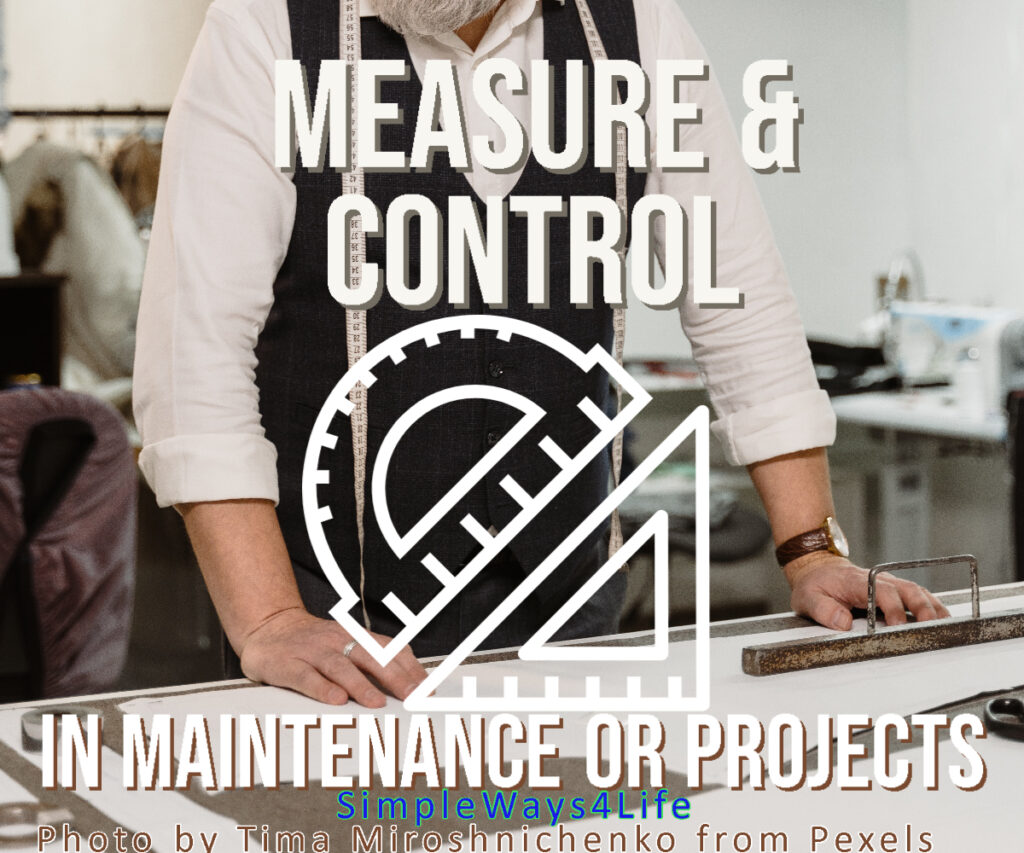
1. Monitor & Control Schedule of the maintenance tasks
Apparently, the maintenance time schedule is the most important element for the maintenance process that everyone tracks. Why? Because it is the time that will be cut from the available time for useful production; that’s the common external macro view of maintenance. The reality is that the assets won’t maintain producing those saleable products unless it is maintained. Moreover, if everyone outside the maintenance team looks for the macro schedule of the maintenance activities, the maintenance team should focus on the micro schedule of the the same task. Again, Why? Because the macro overall schedule for example 4 hours is actually the sum of the time spent on the details of the maintenance task.
Moreover, you can’t control the macro schedule of a task. You can control the macro schedule of other related tasks but that’s an after the fact action when this task went out of schedule. That’s why, we need to measure the time needed for the details of executing the maintenance task like the safety condition, covers removal, inspection, dismantle, replace or maintain, and then reassemble everything again. That’s where we can really control the schedule of the maintenance task by expediting, adding resources or any other tool to match the individual micro items to the macro schedule which could be simply stated as a “4 hours task”.
2. Measure & Control Quality of the maintenance tasks
Here the quality measure and control means the conformity of the result of executing the task with the planned end result. It is like comparing the dimensions and specs of a product with the planned dimensions and specs and then taking an action to accept the measure and continue building upon it or delivering it if that’s the last stage. This process is equal for soft products as apps and physical ones. In maintenance we usually consider this control process in the machining of parts. But for the regular maintenance activities like cleaning, retightening, replacing parts, lubricating and so on we don’t plan intermediate measures to control the quality of the maintenance job during execution.
Usually we measure the end result after the task is completed and equipment is back to operation. At this time, it is too late to take a corrective action. So, we need to a time for test, that includes a chance for minor tuning and set up. Otherwise it would be a need for complete rework that would double the time. Or, we shall live with an under performing equipment till we schedule a new slot for rework. Anyhow, rework is one of the metrices that defines the quality of maintenance job execution and it raises a flag for deep investigation about the root causes that calls for rework and to mitigate it.
To avoid this condition we need to think of some intermediate measures within the task execution. So, if you are assembling a complete shaft with bearing and seals, we can measure the location and quality of each installed part as we go on. Same applies for assembling a machine after inspection. Welding of liquid and gas pipes includes welding tests before reusing the pipe line. Even when changing electrical sensors and parts, we can test the part individually. Then cross check the wiring before waiting to restart the production and then look for what alarms that come up.
3. Verify & Control Scope of the maintenance tasks
In projects this means setting the acceptance criteria for delivering the project; That’s scope verification. Then during execution the project team ensures that they are executing the planned tasks not any extra side tasks. As this will cause schedule and cost creep.
In maintenance, we need some handover agreed upon criteria that marks the successful end of the maintenance task. Also, the maintenance team need to be aware that they are executing the task assigned to them. They can’t add any side tasks requested during the job whether from the supervisor, the production team or whom so over.
Sometimes there is a technical need for some extra job. As in case of an additional defected part or bad condition of a lubricant that need change not toping up or some burnt wiring that need change before sensor replacement. In this case the maintainers raise a flag to the supervisor, the planner or who is concerned with the overall control of the job. This flag calls for a change of the schedule, cancelling of the job, a need for extra parts or manpower and so on.
4. Integrated Change Control
The one with the overall view will call for an integrated change control. In other words, will consider all the available alternatives, other tasks then decides what to do. It is called integrated change control because it need to consider all the interlinked constraints before rolling out a change. Those changes seem to come from a technical requirement but they will affect the schedule and cost. Sometimes the creep in the cost or the schedule calls for threading some changes in the tasks to deliver a successful project. At the end of the day, we need a properly maintained equipment or a product that fits the acceptance criteria
5. Monitor & Control Cost of the maintenance tasks
Whether you are managing a project or a portfolio of projects or you are managing maintenance, you have a budget and an expenditure schedule. This budget figure and when you will need it is developed by summing up the cost of all the individual tasks and when they will be executed. The budget includes manhours and parts. Moreover some parts or services will be purchased sometime in the future. Their cost and delivery time stem from your cost plan and schedule. Procurement and finance teams are following your plan to deliver parts and services on time. Also, they prepare the cost of each time on time as per your cost plan.
Now to manage your cost, you need to measure and control the cost of the individual elements that you had planned. You measure them at the level of the individual tasks. It is a simple comparison of the manhours and parts used to those planned.
This will give you a chance to take action with the remaining items on your timeline. Or, at least to raise an early flag that you might need extra funds. Or, that you need the services or parts at different timing. Failing to measure and control your individual items cost might bring you some blame. But also, other teams might not have resources to serve you the extra fund or the fast speed delivery. Being in the control position and being full aware of maintenance or project performance through proper communication and reports works not only in your favor but you are doing a great job to organization and customers at the same time.
In Conclusion,
Being in the control position and being full aware of maintenance or project performance through proper communication and reports works not only in your favor but you are doing a great job to the organization and the customers at the same time. Those five measure and control methodologies of project management mimicked to the maintenance process are game changers in your maintenance management style. Always keep an eye on individual elements of cost, schedule, scope and quality control. But when you think of a change to any of those baselines, you must make an integrated change as it affects all process elements.
If you feel you need help with any of these ideas we discussed, request a Management Consultancy or Coaching Services From our Store



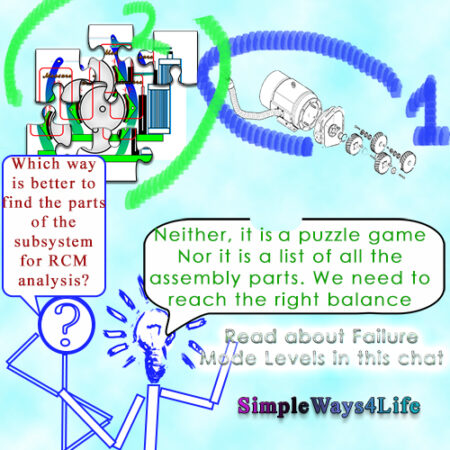
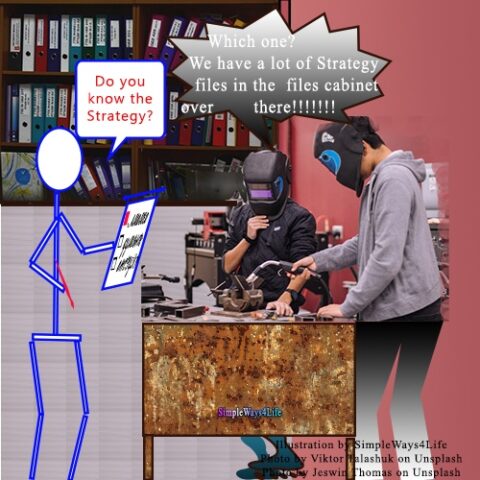
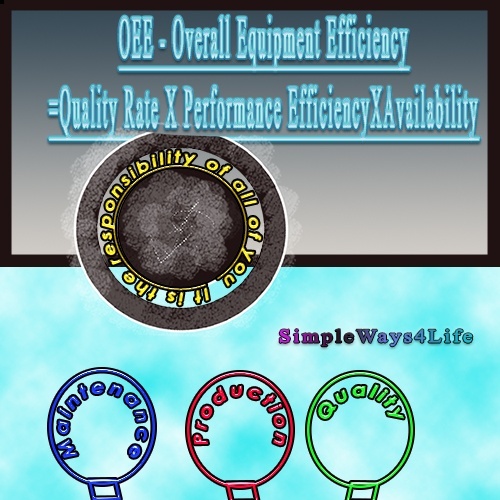


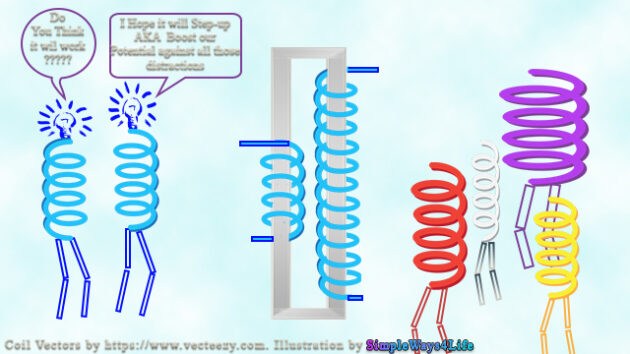
One Comment